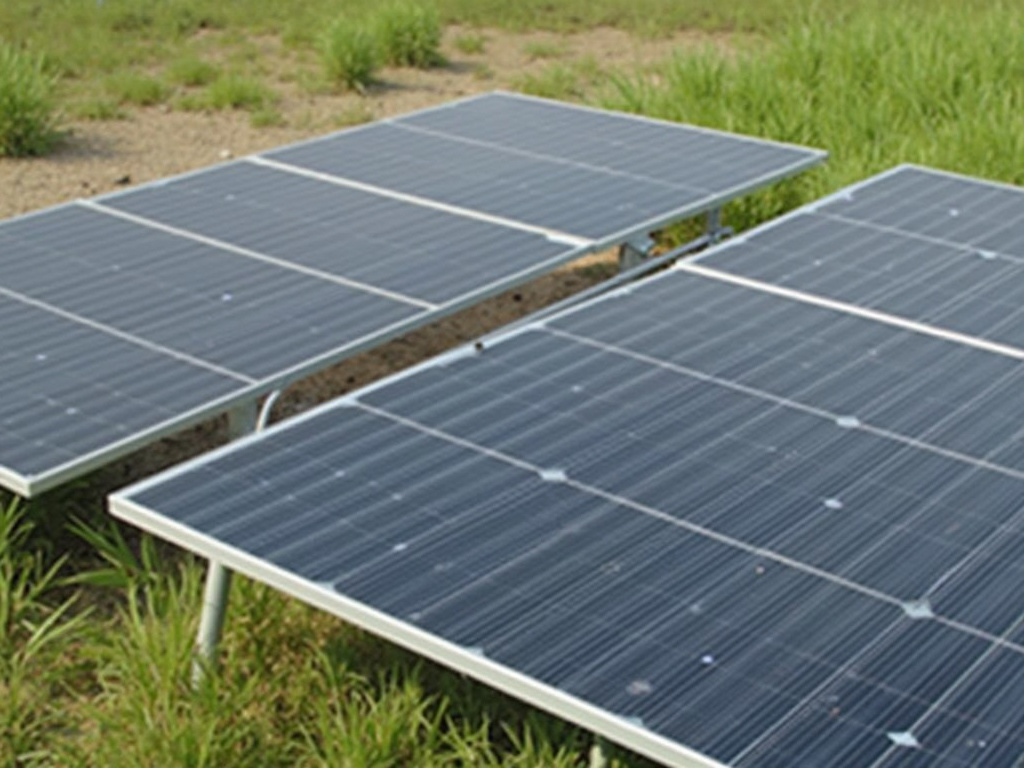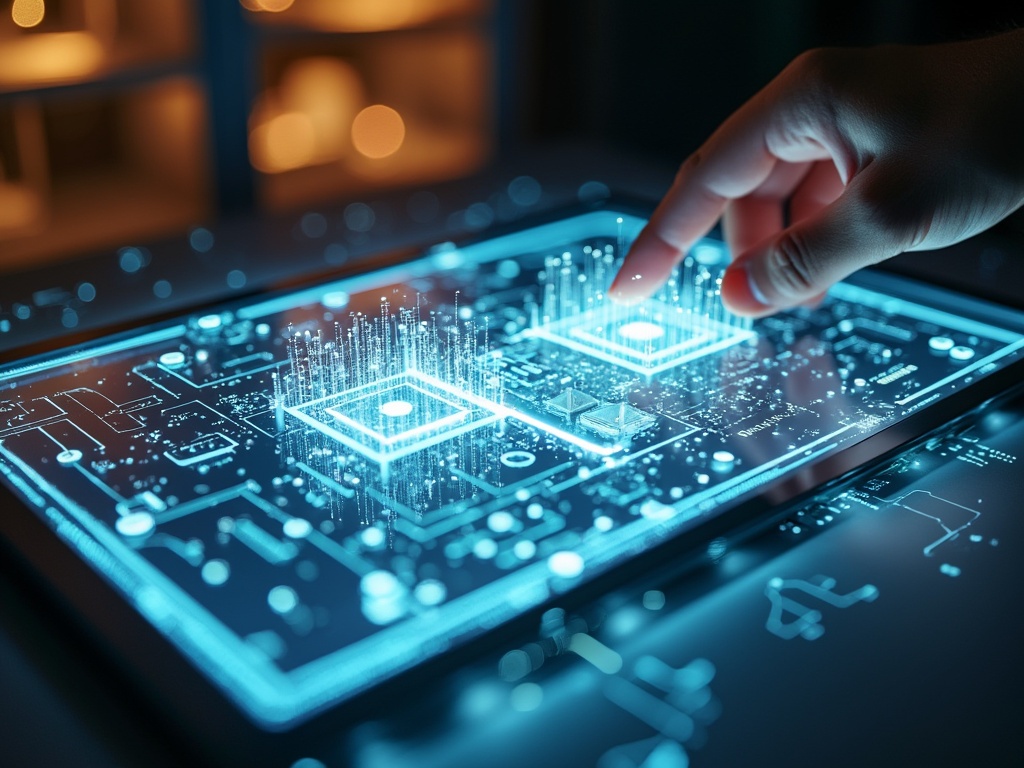3D bioprinting is poised to revolutionize organ transplantation, offering a potential solution to the global organ shortage crisis. This cutting-edge technology combines 3D printing techniques with biological materials to create living tissues and organs, promising shorter wait times and reduced rejection risks for patients in need.
Key Takeaways:
- 3D bioprinting uses biological materials to create living tissues and organs
- The global bioprinting market is projected to reach $5.3 billion by 2030
- Simple structures like skin and cartilage are currently being explored
- 3D printed organs can be customized to patient needs, reducing rejection risk
- Technological advancements are needed to overcome challenges in creating complex organs
Revolutionizing Organ Transplantation with 3D Bioprinting
3D bioprinting is a groundbreaking technology that's set to transform the field of organ transplantation. This innovative process uses 3D printing techniques to create living tissues and organs using biological materials. The procedure begins with a digital blueprint derived from CT or MRI scans. Then, cells and bioink are loaded into a specialized bioprinter, which constructs the organ layer by layer.
The potential impact of this technology is immense, especially considering the current organ shortage crisis. In the United States alone, over 100,000 people are on the national transplant waiting list, with 17 individuals dying daily while waiting for a suitable organ. The global bioprinting market, valued at $1.7 billion in 2021, is expected to grow significantly, reaching $5.3 billion by 2030.
Current Progress and Applications
While the concept of 3D printed organs might seem like science fiction, significant progress has already been made in this field. Companies like 3DBio Therapeutics are conducting clinical trials for ear prosthetics created from patients' own cells. Research is also focusing on simpler structures such as skin, cartilage, and bladders.
Scientists are making strides in developing organoids, or “mini-organs,” including brains, kidneys, and hearts. These small-scale versions of organs serve as valuable tools for research and drug testing. However, it's important to note that more complex organs like lungs and hearts are estimated to be 20-30 years away from being ready for transplantation.
Benefits and Potential Impact
The advantages of 3D printed organs are numerous and far-reaching. One of the most significant benefits is the ability to customize organs to individual patient needs, which could dramatically reduce the risk of rejection. This personalized approach could transform the transplant process, potentially shortening wait times from months or years to just hours, days, or weeks.
By using the patient's own cells in the bioprinting process, the likelihood of organ rejection is minimized. This could lead to improved outcomes and quality of life for transplant recipients. Additionally, addressing the global organ shortage could have a substantial economic impact, especially considering that the demand for organs has increased by 7% in recent years.
Challenges and Future Developments
Despite the promising advancements, several challenges remain in the field of 3D bioprinting. Technological improvements are needed across various areas, including:
- Enhanced bioprinter hardware and software
- Development of multiple bio-inks
- Higher printing resolutions
- Faster printing speeds
One of the most significant hurdles is creating microscopic vascular networks within printed organs. These networks are crucial for circulation and nutrient transport, essential for organ function and survival.
Looking to the future, researchers are exploring the concept of 4D bioprinting. This next-generation technology aims to create tissues that can transform based on external stimuli, enabling self-assembly, self-healing, and even self-reproduction.
The clinical process for 3D printed organ transplantation will likely involve several steps, including:
- Biopsy to collect patient cells
- Cell growth and cultivation (4-6 weeks)
- Organ printing (hours to days)
- Implantation
- Post-implantation monitoring and care
As research progresses and technology advances, 3D printed organs have the potential to revolutionize transplant medicine, offering hope to millions of patients worldwide. While challenges remain, the future of this field looks incredibly promising, with the potential to save countless lives and improve the quality of life for transplant recipients.
Sources:
3DBio Therapeutics






